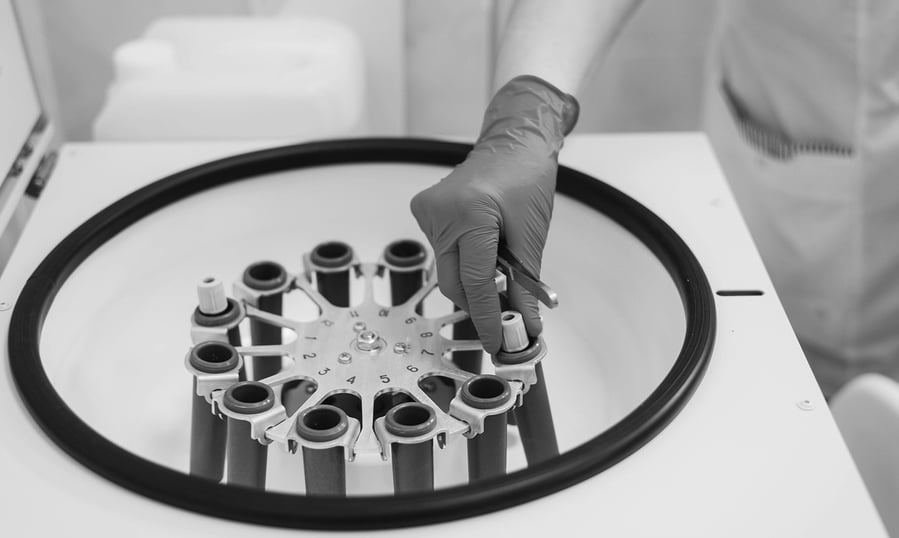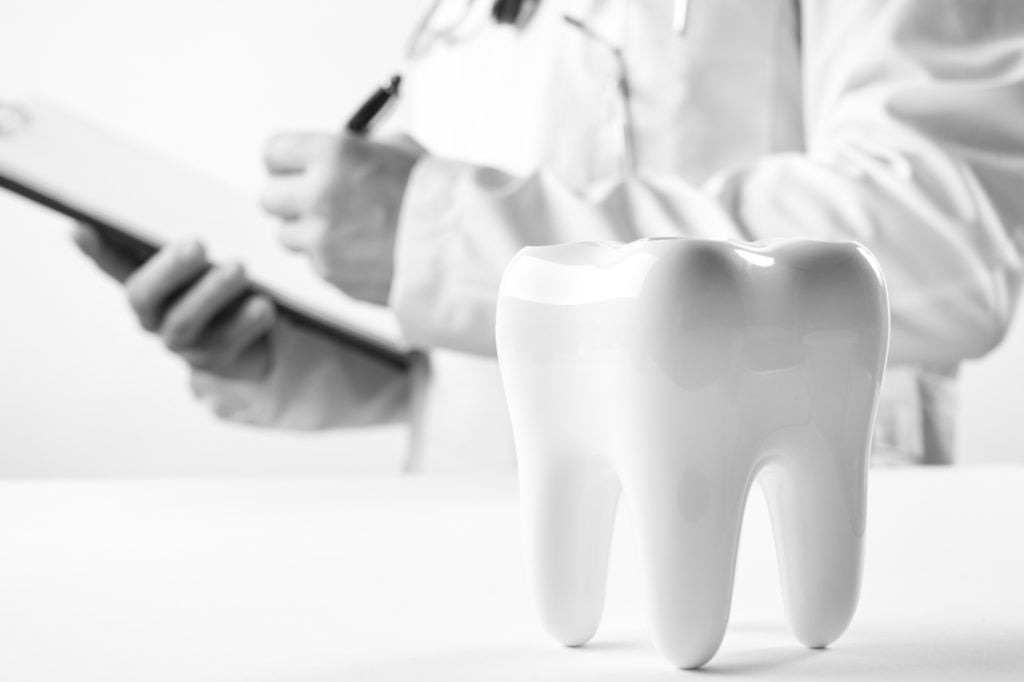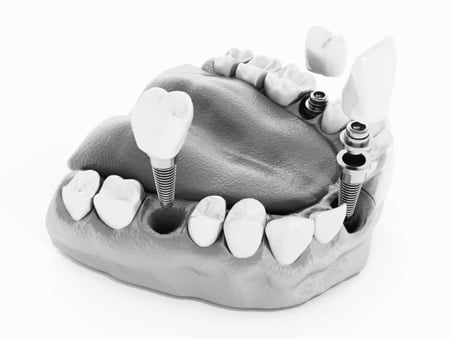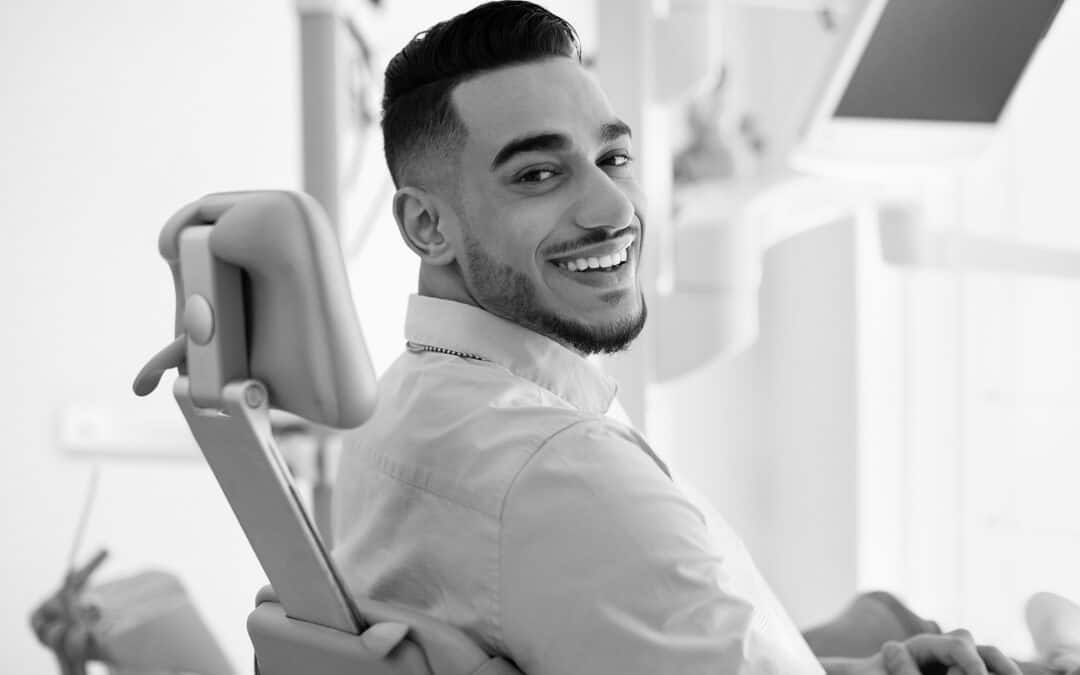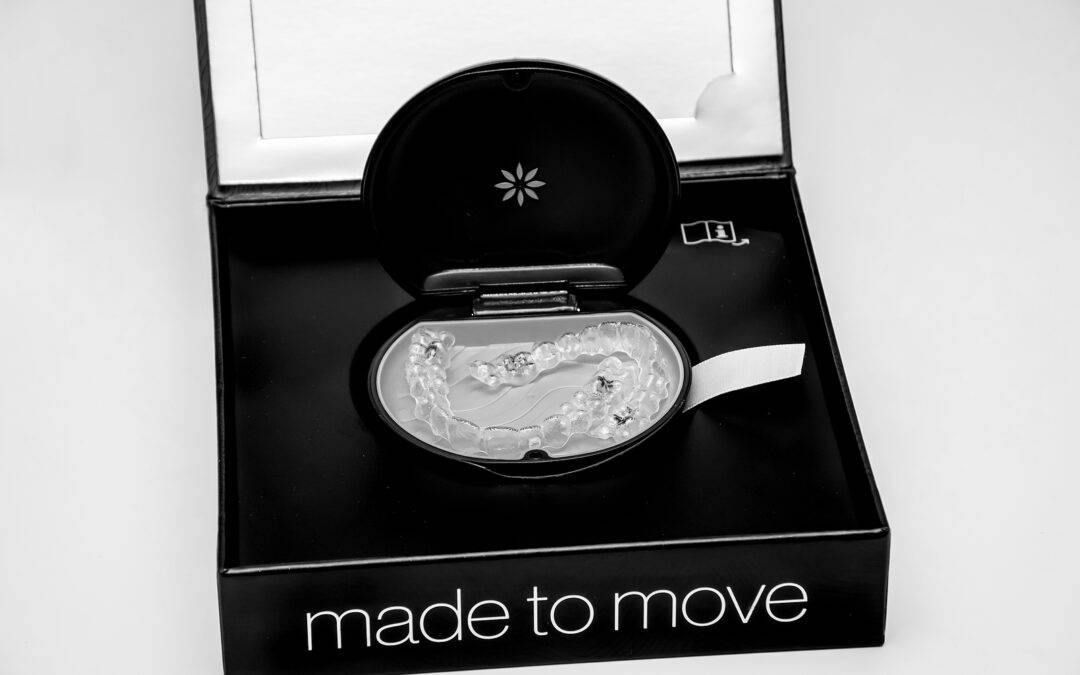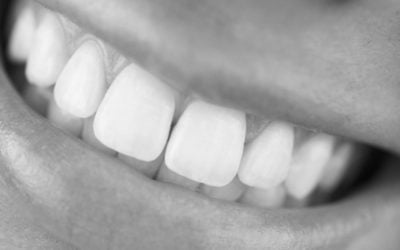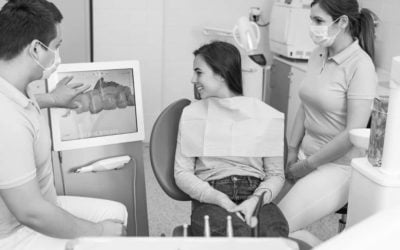Very soon, growing new human body parts in a laboratory will no longer be science fiction. Science fiction is already becoming science fact, however. This is largely thanks to the innovations coming about due to regenerative medicine.
Regenerative medicine is on track to becoming a $66 billion industry by 2022. $18.9 billion was already being spent on regenerative, annually, as of 2016.
How will regenerative medicine impact the dental industry, specifically? Let’s start out by learning a bit about what regenerative medicine is and does. This increased understanding will help illustrate regenerative medicine’s role in dentistry, specifically.
What Is Regenerative Medicine?
Regenerative medicine is the process of creating living, functional tissue. This tissue will be used to repair or replace the original tissues that may have been damaged due to accidents, illness or age. It is an essential component of organ and tissue transplants, which have been in use since the 1950s.
Innovations in regenerative medicine stand to eliminate the shortage of organ donors. Who knows what other ailments it may help solve when regenerative medicine becomes more widespread?
Regenerative Medicine In The Dental Industry
Think regenerative dentistry is far off in some distant future, perhaps in a galaxy far, far away? Think again. Numerous branches of dental medicine are already integrative regenerative medicine into existing dental practices such as socket preservation, dental implant therapy and PRGF (protein rich growth factor) techniques like Vampire Facials. Let’s look at each one in turn.
Regenerative Socket Preservation
Tooth extraction impacts more than just the offending teeth. Extracting a tooth leaves a small hole where that tooth used to be. This hole, known as a socket, can become quite sensitive after a tooth removal. Nerves can become exposed after a tooth extraction if the blood clot gets knocked loose.
It can also lead to bone loss and cosmetic issues due to shifting teeth. Socket preservation helps to protect the alveolar ridge, which is the bone that surrounds your teeth’s roots. This greatly enhances the probability of successful dental implants down the road.
The procedure involves the placement of PRGF – protein rich growth factors (centrifuged from your own blood) within the socket at time of extraction, with or without bone grafting material (or scaffold). This creates a rich environment for improved bone regeneration which helps preserve the hard and soft tissues. It also allows improved integration with a future implant.
If you’re planning on having a tooth extraction or getting dental implants, you’ll want to discuss with your dentist whether socket preservation is needed.
Bone Grafting
Bone grafting can be an essential component of a successful dental implant procedure. Your existing jaw bone may be too soft or thin to keep a dental implant in place.
Dental implants come in two parts. There’s a metal cylinder implanted into your jaw bone. Then there’s the tooth, which is an abutment that screws onto the metal cylinder.
You may have to wait several months for bone grafting to create new, strong bone to accept an implant. PRGF creates a rich environment for improved bone regeneration and osteo-integration with the implant.
Vampire Facials
While not precisely a ‘dental procedure’ per se, many dentists perform ‘vampire facials’ due to the in-depth knowledge of facial structure that it requires.
Vampire facials (or blood facials) work by harnessing ones own body’s healing and regenerative capabilities to achieve results. The technology is based on regenerative medicine and the procedure involves a trained practitioner extracting several vials of blood from the patients arm.
This blood is then placed in a centrifuge to separate the plasma and platelets from the red blood cells. The platelet-rich plasma is then re-applied to the face to help rejuvenate the skin.
To increase its efficacy, thousands of tiny holes are poked into the skin using microneedles. This helps increase the skin’s ability to absorb the platelets.
Research is still being conducted as to a vampire facial’s ability to reduce wrinkles. The FDA has approved plasma injections into bone before dental surgery but they have yet to comment on its anti-aging properties.
The concept behind vampire facials is that plasma contains human growth factors. Growth factors are known to aid in the healing of wounds and to help promote new collagen growth in facial skin. Collagen is the skin protein which helps to keep skin taut and firm.
The Future of Regenerative Medicine in Dentistry
Between socket preservation, bone grafting and PRGF (protein rich growth factor) technologies, it is quite obvious that regenerative medicine is going to play an enormous role in the future of dentistry. Who knows what innovations may emerge from this exciting new discipline in the next few years?
Regenerative Medicine and Shields Dental & Orthodontic Clinic Limerick
At Shields Dental & Orthodontic Clinic, we combine experience and innovation to provide the latest cutting-edge, state-of-the-art practices and services including all of the aforementioned procedures. Contact us today to schedule an appointment. We are open 7 days a week!
